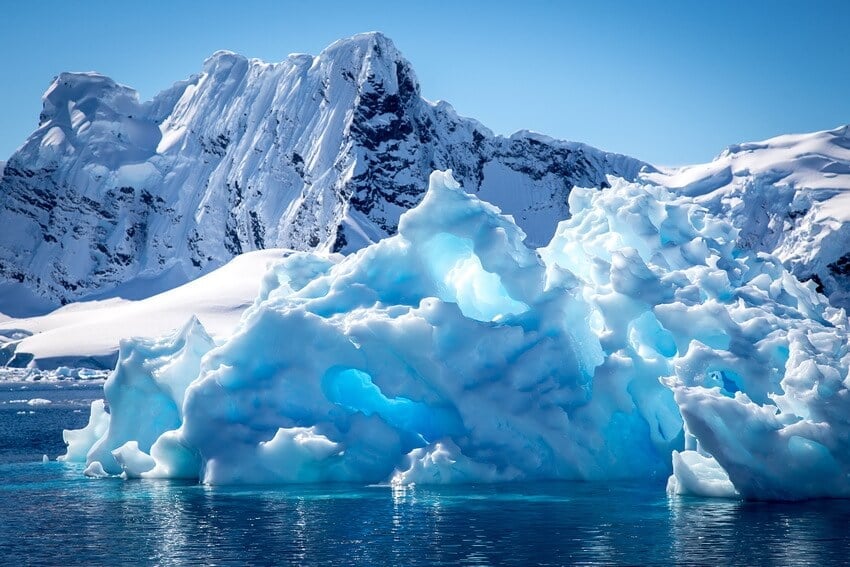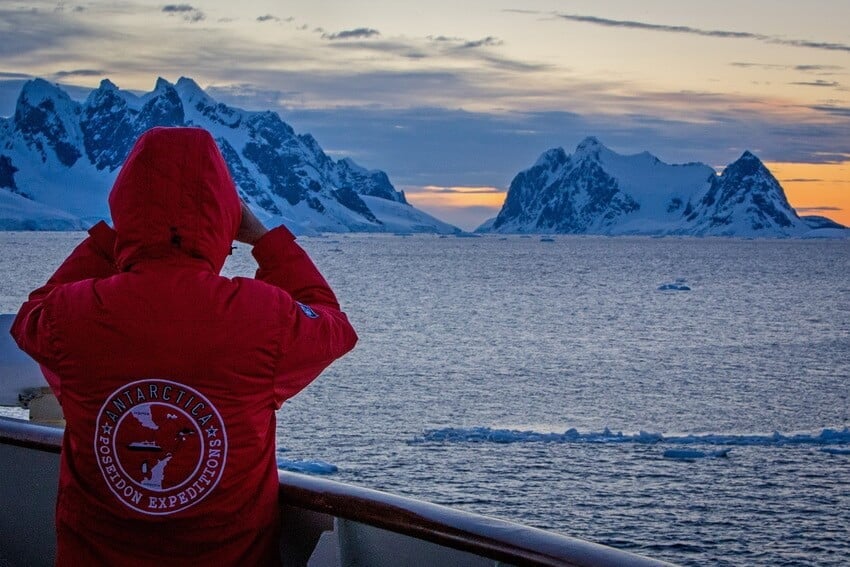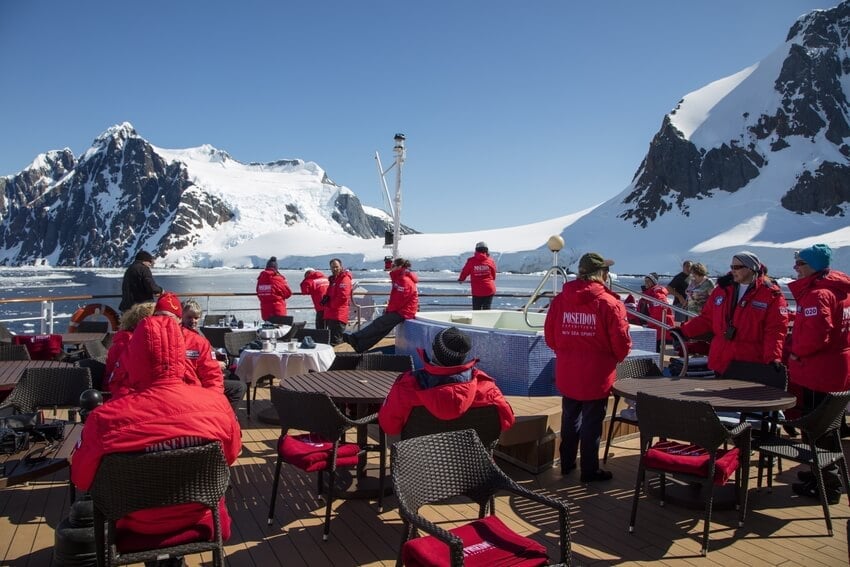Are There Any Cities in Antarctica?

No, there are no cities on the Antarctic continent! If you’re looking to explore urban settlements, you may be on the wrong continent. Antarctica is for real explorers and adventurers who are ready to discover the natural beauty and exceptional wildlife of one of the most remote places on Earth.
Why Are There No Antarctica Cities?
Not one country in the world has a city located on the Antarctic continent. There are no Antarctic cities in general, only 70 permanent research stations operated by the 55 countries that signed the Antarctic Treaty. You can find the closest cities on the Falkland Islands and on the southern tip of Argentina. Ushuaia (the southernmost city in the world) is approximately 1000 km (620 miles) north of the Antarctic Peninsula.
While the harsh conditions of the White Continent make it not the ideal place for human habitation, there is another reason why this area is kept pristine and free of permanent settlements! Antarctica is a major player in keeping our planet healthy by regulating our climate. The ice sheet of Antarctica reflects solar radiation away from the surface back into space, thus keeping the Earth cool.
Antarctic waters contribute to a healthy ecosystem worldwide and are the habitat of numerous species such as seals, whales and penguins. Most of the animals live in coastal regions (there is no wildlife directly at the South Pole or interior Antarctica). The Antarctic Peninsula is the perfect place to visit for nature lovers. Once you reach Antarctica, you can expect to see various penguin species (such as gentoo and chinstrap penguins), and if you make it further south, you may even spot emperor penguins!
Other Things That Don’t Exist in Antarctica
Antarctica is unlike any other place in the world. There are no Antarctic cities, so what else can’t you expect to find there?
Commercial aviation:
While you can fly to Antarctica via charter flights, there is no regular flight schedule.
High speed internet:
Wi-fi is limited and slow! Most communication still works via landlines and two-way radios.
Trees:
While millions of years ago Antarctica used to be lush and green, today you’ll find only bleak, icy deserts and glaciers on the continent. The last trees disappeared around 34 million years ago.
Time zones:
The continent has no official division into time zones. Research stations follow their own local time zones, often tied to their country of origin, country that supplies the station or time zones of nearby countries.
Polar bears:
If you want to see polar bears, you’re on the wrong continent! Antarctica has no polar bear population and we highly recommend you choose to visit the Arctic instead.
Creepy-crawlies:
Good news for everyone with entomophobia – there is only one native insect species (the Antarctic midge) on the continent and it stays frozen for up to 8 months of the year.
Antarctica’s Capital
As there are no cities in Antarctica, there isn’t a real capital city either. If you define capital cities as the place where the majority of people on the continent can be found, McMurdo Station on the southern tip of Ross Island may be it!

What’s life like at the station?
- Busy as usual: there is a 6-day work week with around 54 hours per week to clock in!
- You’ve gotta be social: accommodation is dorm-style and you may have up to 3 roommates.
- It’s a man’s world: the ratio of men to women is around 70/30.
- Drinks are limited: the base has a weekly alcohol ration to combat abuse and to ensure that there’s enough for everyone!
- Most visitors won’t be able to tour the station, as it’s staff-only (with the occasional exception for VIP guests).
- Once you depart, your poop must fly out with you! All human waste and garbage is treated and transported back to the US mainland.
Countries of Antarctica
There are no countries on the Antarctic continent, but historically several nations have made territorial claims to this territory. No country on Earth owns Antarctica. The Antarctic Treaty, which was signed by 12 countries in 1959 (Argentina, Australia, Belgium, Chile, France, Japan, New Zealand, Norway, Russia, South Africa, United Kingdom and the United States), guarantees the Antarctic region remains politically neutral and only used for peaceful research purposes. As of the end of 2023, 56 nations signed the Antarctic Treaty and 55 of these countries operate research stations on the White Continent.
FAQ
How many people live in Antarctica?
Even though Antarctica is a remote ice desert, it attracts people from all over the planet. During the harsh Antarctic winter there are usually only around 1,100 people living in Antarctica. During the summer months (November to February), this number can increase to around 4,400.
What's the closest city to Antarctica?
There are no Antarctica cities. Ushuaia in South America is the closest city to the White Continent. This beautiful port in Argentina is the gateway city for many expeditions and cruises. It’s where most tourists visiting Antarctica start their journey to the Antarctic Peninsula, South Georgia, the Falkland Islands and Deception Island, crossing the Southern Ocean (and infamous Drake Passage) by ship. Adventurers may experience calm waters (known as Drake Lake) or endure a rough trip to Antarctica (Drake Shake). For those who aren’t fans of cruising, as well as for professional staff from the research stations, there are flights to Antarctica, usually departing from Punta Arenas in Chile.
Does anyone live in Antarctica year-round?
While Arctic territories have permanent inhabitants, Antarctica has no permanent human population and there are no Antarctic cities. There are 70 permanent research stations on the Antarctic continent and Antarctic Peninsula, with rotating personnel such as scientists, engineers and research staff.
